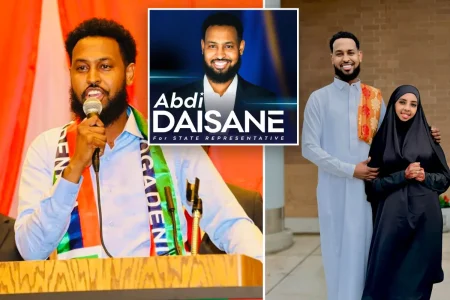The Growing Disconnect Between Men and Women
In today’s rapidly evolving social landscape, a concerning phenomenon has emerged: men and women increasingly seem to be talking past each other, operating with different expectations, communication styles, and life goals. This disconnect manifests across multiple domains—from dating and relationships to workplace interactions and broader social engagement. What was once perhaps a gap between the sexes has, for many, widened into a chasm filled with misunderstanding, frustration, and in some cases, mutual resentment.
The dating world particularly illustrates this growing divide. Young men report feeling bewildered by seemingly contradictory expectations: be confident but not arrogant, take initiative but respect boundaries, be emotionally available but maintain traditional strength. Meanwhile, many women express exhaustion with navigating relationships where they feel their emotional labor goes unreciprocated, their safety concerns unacknowledged, and their career ambitions sometimes viewed as threatening. Dating apps, rather than bridging these differences, often exacerbate them by reducing complex individuals to profiles that emphasize superficial traits. Both sides frequently report feeling objectified or misunderstood, leading to a retreat from meaningful connection. The paradox of our hyper-connected age is that despite unprecedented technological ability to meet potential partners, many people report feeling more isolated and disconnected than ever.
The workplace presents another arena where this disconnect plays out daily. Despite significant progress toward gender equality in professional settings, subtle misunderstandings persist. Studies show men and women often communicate differently, with varying expectations around directness, consensus-building, and the appropriate expression of confidence. What one person perceives as healthy assertiveness, another might interpret as aggression; what one sees as inclusive collaboration, another might view as indecisiveness. These differences become especially pronounced during workplace conflicts or when navigating the unwritten rules of office politics. Additionally, differences in how men and women approach work-life balance, remote work preferences, and career advancement create further opportunities for misalignment, particularly as organizations navigate post-pandemic workplace transformations.
Perhaps most concerning is how these disconnects are being amplified and exploited in online spaces. Social media algorithms reward outrage and extreme viewpoints, creating echo chambers where the most inflammatory voices representing each gender dominate the conversation. Nuanced perspectives get lost as viral content portraying the opposite sex in the worst possible light spreads rapidly. Young people forming their understanding of gender dynamics are increasingly exposed to content creators who build their platforms by stoking gender resentment. This digital landscape has given rise to communities centered around gender grievance, from certain men’s rights forums to spaces that characterize all men as potential threats. The result is a societal conversation increasingly defined by its extremes rather than by the complex, multifaceted reality of how most men and women actually relate to each other in their daily lives.
The consequences of this growing divide extend beyond individual disappointment to impact broader social cohesion. As gender becomes increasingly politicized, constructive dialogue becomes more difficult. Both progressive and conservative viewpoints on gender relations contain valuable insights, yet the polarized nature of the conversation makes it difficult to acknowledge this reality. Family formation rates decline as young people struggle to build lasting partnerships amid confusing and contradictory expectations. Workplace productivity suffers when gender-based misunderstandings remain unaddressed. Most significantly, this disconnect prevents us from addressing legitimate concerns raised by both men and women: issues like male mental health crises and suicide rates alongside persistent barriers to women’s full participation in economic and political life. By talking past each other, we miss opportunities to create solutions that would benefit everyone.
Finding a path forward requires acknowledging both biological realities and social constructions that shape gender experience without reducing either men or women to stereotypes. It means creating spaces where good-faith dialogue can occur without immediate accusations of sexism or political correctness. Progress will come through recognizing that both men and women face genuine challenges in modern society, and that addressing these challenges isn’t a zero-sum game. It requires media literacy that helps young people critically evaluate gender-based content they encounter online, and social norms that reward empathy rather than partisan point-scoring. Most importantly, it means remembering that behind every gender-based statistic are individual human beings with their own unique experiences, aspirations, and capacity for connection. By focusing on our shared humanity rather than our differences, we can begin bridging the divide that has grown between the sexes and create a society where genuine understanding replaces mutual suspicion.









